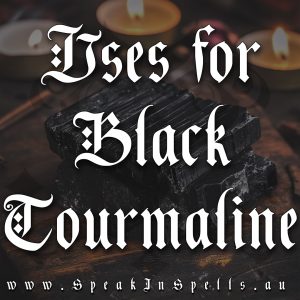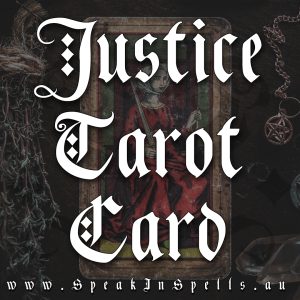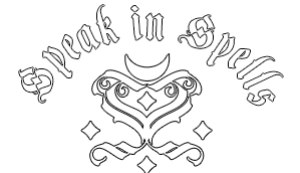
This month’s member article is The Hanged Man tarot card, the
FREE shipping on all orders over $150 within Australia
Mabon in Adelaide: March 20th
Speak in Spells providing Australian handmade witchcraft supplies, psychic readings, spells and other sacred tools since 2014.
Take a look at what’s new
Get up to 20% off orders, exclusive access to magical insights, and members only content on herbs, spells and more.
An Australian Witchcraft Blog for the Southern Hemisphere.

This month’s member article is The Hanged Man tarot card, the

This month’s free article is about the magical uses for Black

An extra article this month highlights the Justice tarot card. Originally

This month’s free article is Foods for Litha from an Australian
Sacred tools loved by Australian Witches
Sign up to the monthly newsletter, receive special offers and more. No more than 3 emails per month.

Providing Australian handmade Witchcraft supplies, tarot readings, spells and other sacred tools since 2014